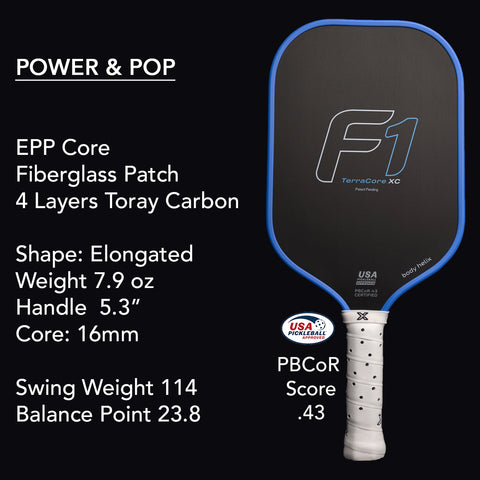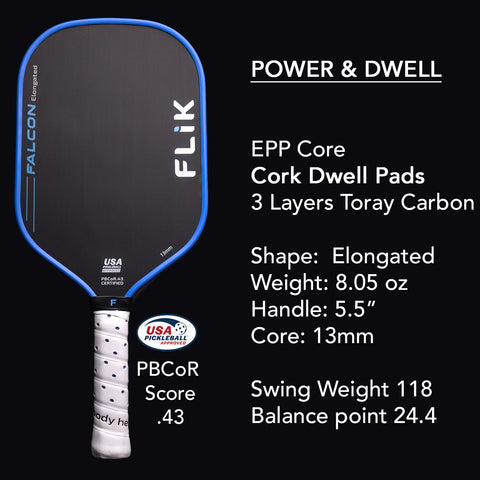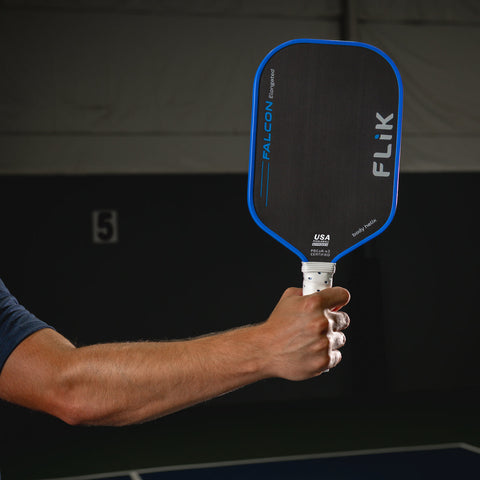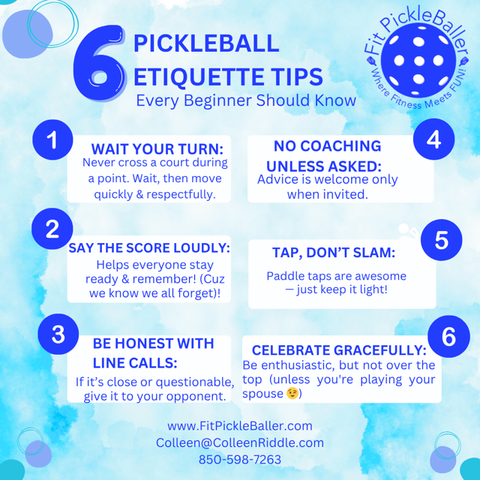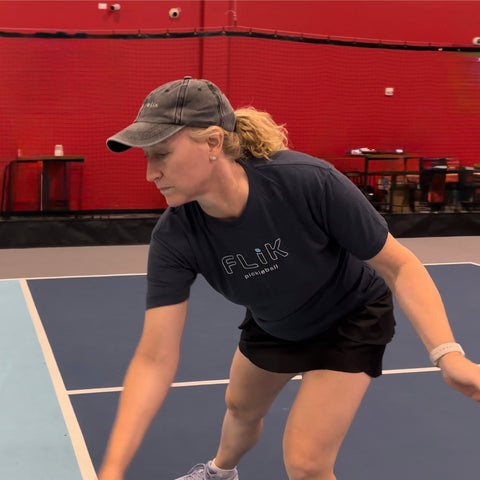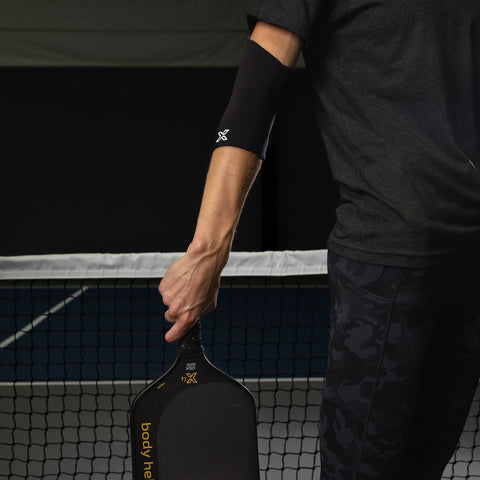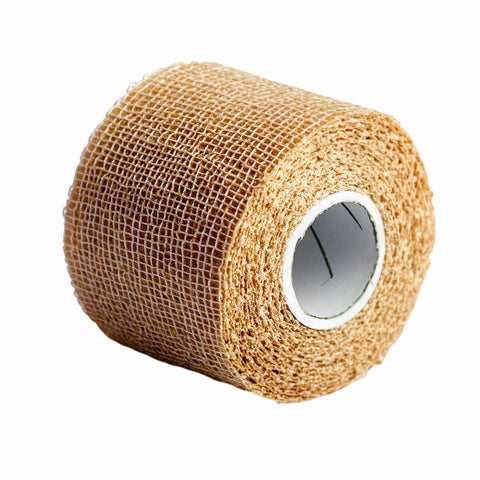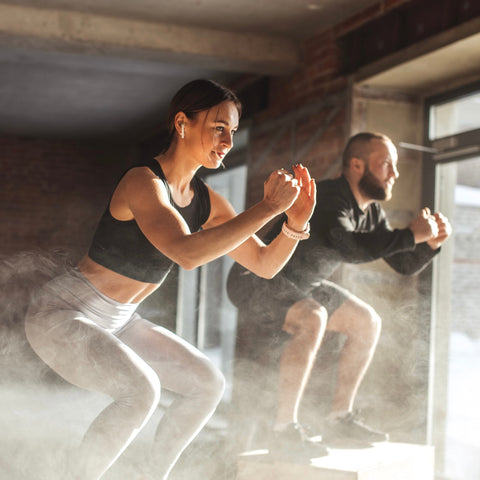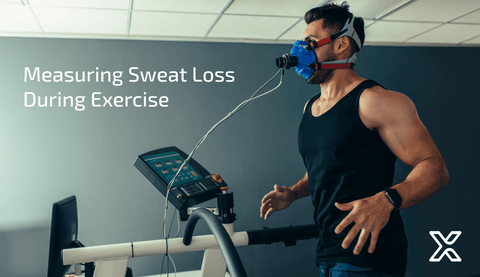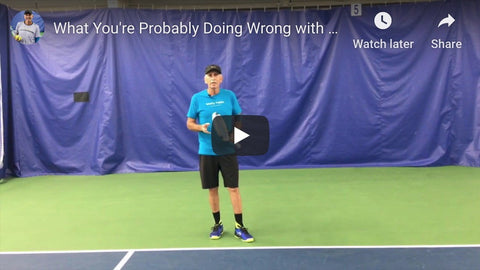body helix Blog: Elevate Your Game, Optimize Your Recovery
Welcome to the body helix Blog Collection, your ultimate resource for peak performance and faster recovery. As a veteran-owned brand, we're dedicated to empowering pickleball players and athletes with expert insights on our premium pickleball paddles, cutting-edge compression sleeves, and holistic well-being.
Explore Our Blog Categories
- Pickleball Performance: "Master your shots, from dinks to serves, with strategies tailored for every level. Discover how our top-rated paddles enhance your power, spin, and control."
- Injury Management & Recovery: "Gain expert advice on preventing and healing common athletic issues. Explore how our medical-grade compression supports recovery for knees, elbows, and more, keeping you active and injury-free."
- Training & Exercise: "Boost your strength, agility, and endurance with tailored workouts and warm-up routines designed to enhance your pickleball game and overall fitness."
- Fred's Tennis Tips: "Learn from a legend! Fred Robinson, body helix founder and former #2 ranked Senior Tennis player, shares unparalleled insights to sharpen your game on and off the court."
- Explore our latest insights, product reviews, and inspiring athlete stories below!
Elevate your fitness, recovery, and well-being with body helix’s pickleball paddles for beginners to advanced players and compression sleeves for athletes.

